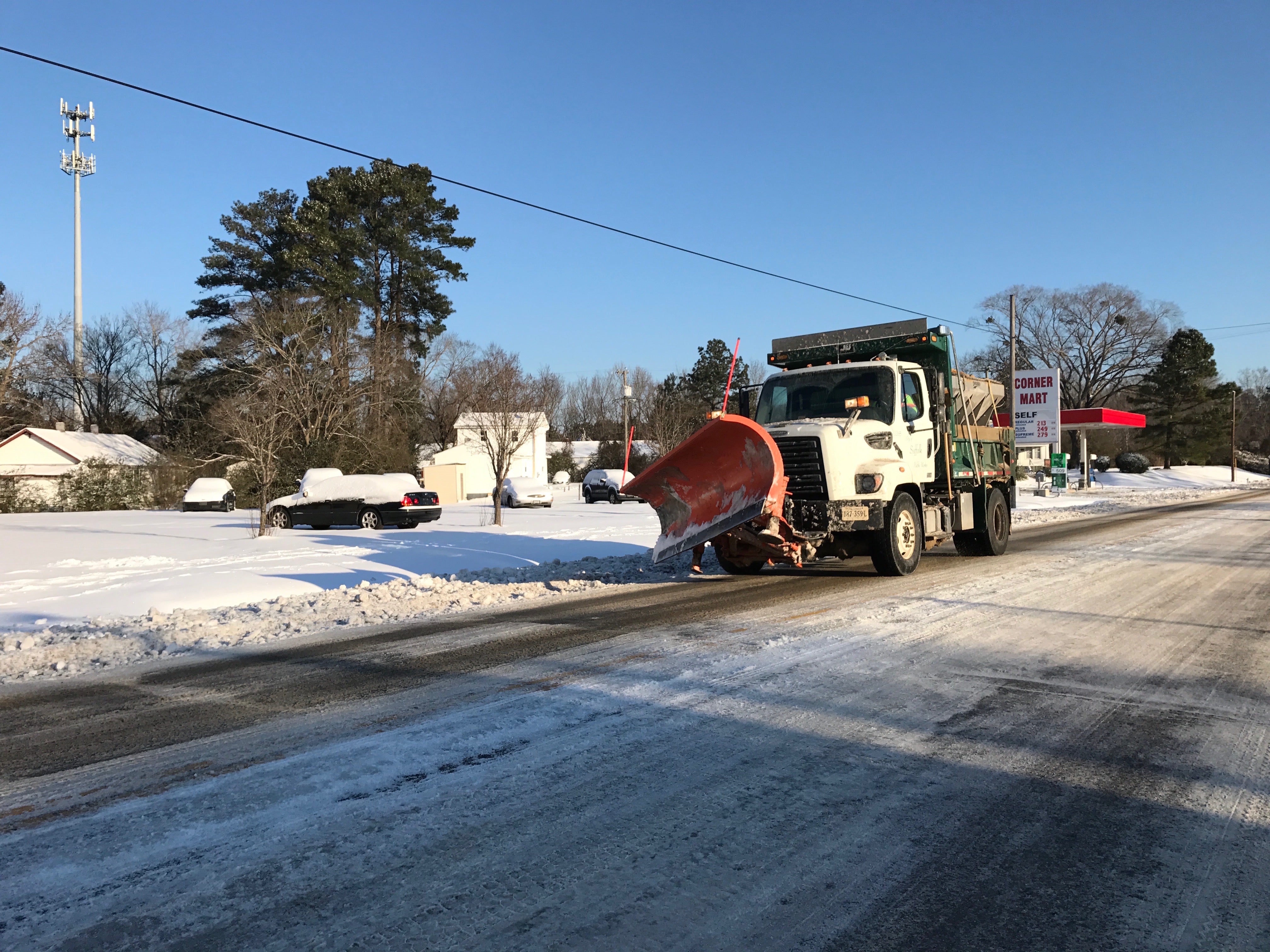Labor Day weekend signals end of summer vacations
Published 12:00 am Sunday, August 31, 2003
Suffolk News-Herald
Most people, the Labor day weekend marks the end of summer vacation. But for some employees of the Suffolk Public School System and Nansemond-Suffolk Academy, the vacation ended earlier than that.
New teachers, other school personnel and all teachers at NSA returned to work Aug. 18. Former teachers in the Suffolk School System returned Aug. 21. They are preparing their classrooms, cafeterias, paperwork, hallways, and schools to make everything run smoothly when students resume their first day of the school for the year 2003-2004 on Tuesday.
The City of Suffolk offices will be closed Monday and resume regular hours Tuesday.
Trash collection will take place one day behind schedule for the entire week.
Most banks will observe their usual hours during the weekend, close Monday and resume regular hours again Tuesday.
Wal-Mart will operate during its usual hours on Labor Day and Belk Department Store will open an hour earlier at 9 a.m.
According to the Department of Motor Vehicles, the high volume of traffic during the weekend always results in a greater number of traffic crashes.
This year, Virginia State Police and other law enforcement agencies are once again conducting concentrated DUI enforcement operations across the state as part of the regional Checkpoint Strikeforce campaign which DMV officials said has been very effective in changing driver’s behavior concerning drinking and driving.
DMV reports revealed that during Virginia’s 2002 Labor Day holiday weekend, 17 people died in 16 separate traffic crashes. The deaths were caused by failure to wear seat belts, alcohol use and speeding.
Motorists should use the following safety tips every time they drive or ride in a vehicle.
— Always wear your seat belt. Based on National Highway Traffic Safety Administration’s (NHTSA) findings, 59 percent of U.S. traffic fatalities in 2002 involved occupants who were not wearing a seat belt.
— Never drink and drive. Alcohol was a factor in 41 percent of U.S. traffic fatalities in 2002.
— Make sure children are buckled up. Although fatalities among children seven and under dropped to historic lows, 968 children in this age category lost their lives in U.S. traffic crashes in 2002.
— Be alert for increased summer traffic on roadways and remember to drive defensively.
For children returning to school on Tuesday who ride the bus, the following safety rules should be followed as recommended by the (NHTSA):
— Get to the bus stop at least five minutes before the bus is scheduled to arrive. Running to catch the bus is dangerous and can lead to injuries.
— When the bus approaches, stand at least five giant steps (10 feet) away from the curb, and line up away from the street.
— Wait until the bus stops, the door opens, and the driver says that it’s okay before stepping onto the bus.
— If you have to cross the street in front of the bus, walk on the sidewalk or along the road to a point at least five giant steps ahead of the bus before you cross. Be sure that the bus driver can see you and you can see the bus driver when crossing the street. Look left-right, right-left before crossing.
— Use the handrails to avoid falls. When getting off the bus, be careful that clothing with drawstrings and bookbags and backpacks with straps don’t get caught in the handrails or door.
— Never walk behind the bus.
— Walk at least five giant steps away from the side of the bus.
— If you drop something near the bus, tell the bus driver. Never
try to pick it up, because the driver might not be able to see you.
Drivers need to take special care in neighborhoods, near schools, and at bus stops because children may not behave like adults. Remember, elementary school children can become easily distracted and may start across a street without warning. They may not understand the danger of moving vehicles or be able to judge vehicle speed and distance, and they may be blocked from view by the bus. Most importantly, children expect vehicles to stop for them at the school bus stop.
Parents can help their children learn by teaching them these safe practices.
For more information on traffic safety issues, visit DMV’s Web site at www.dmvnow.com



